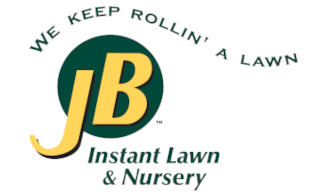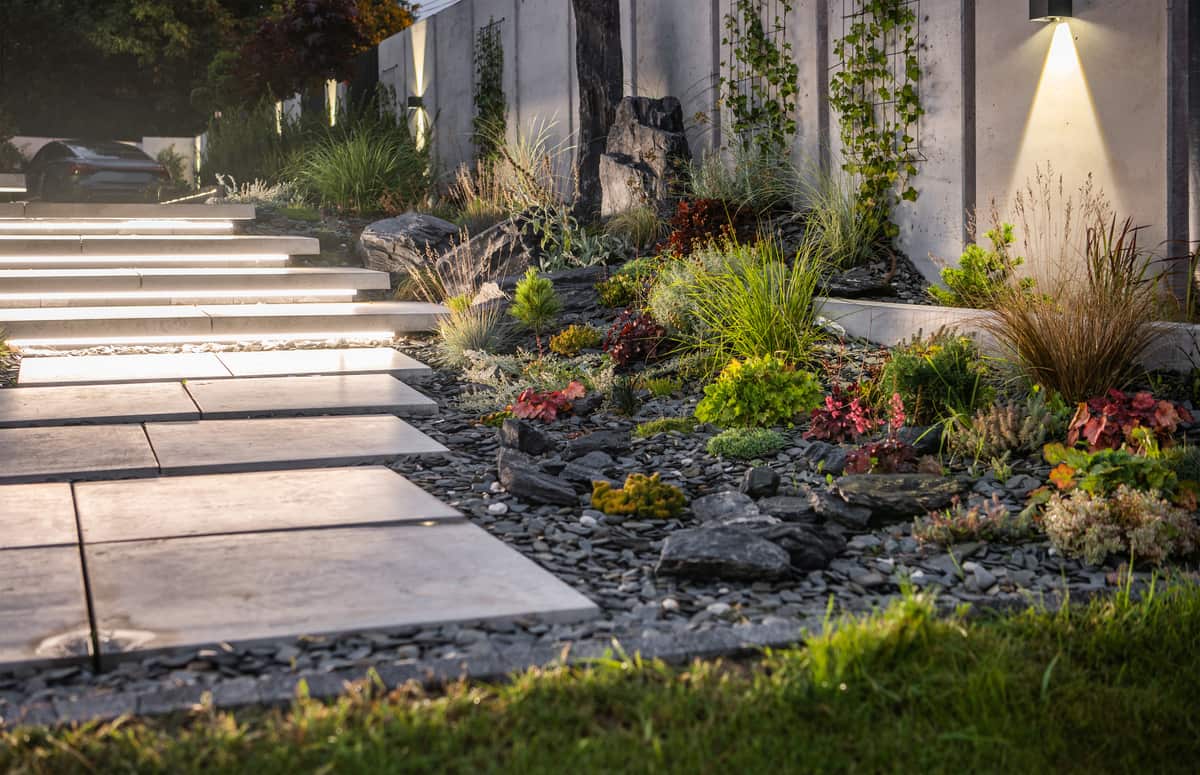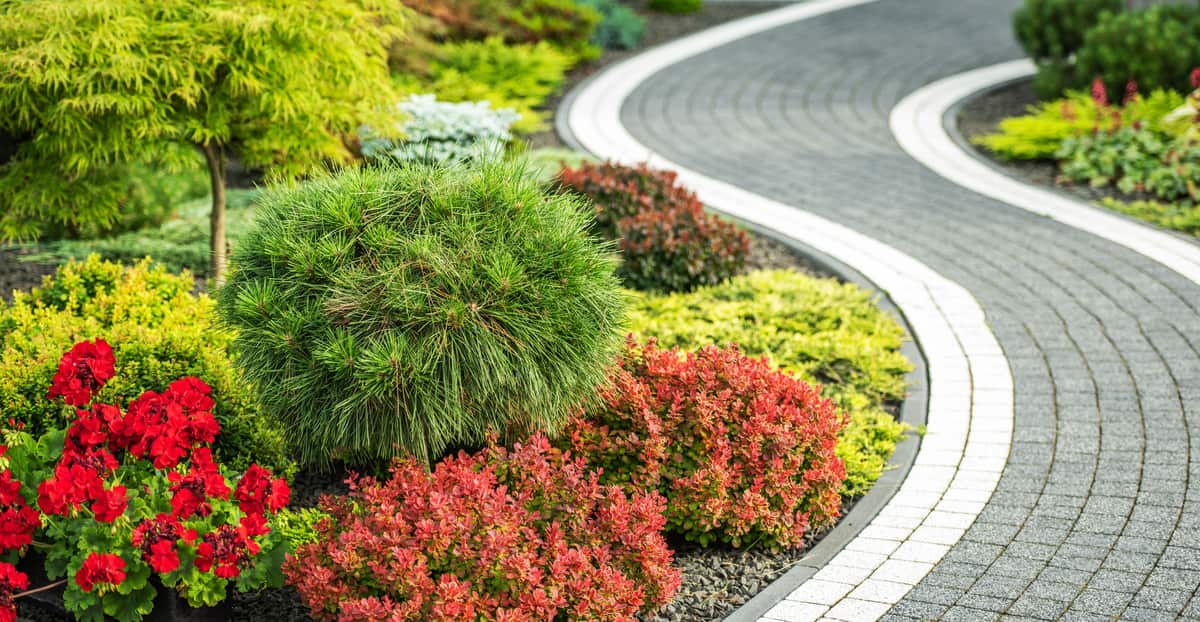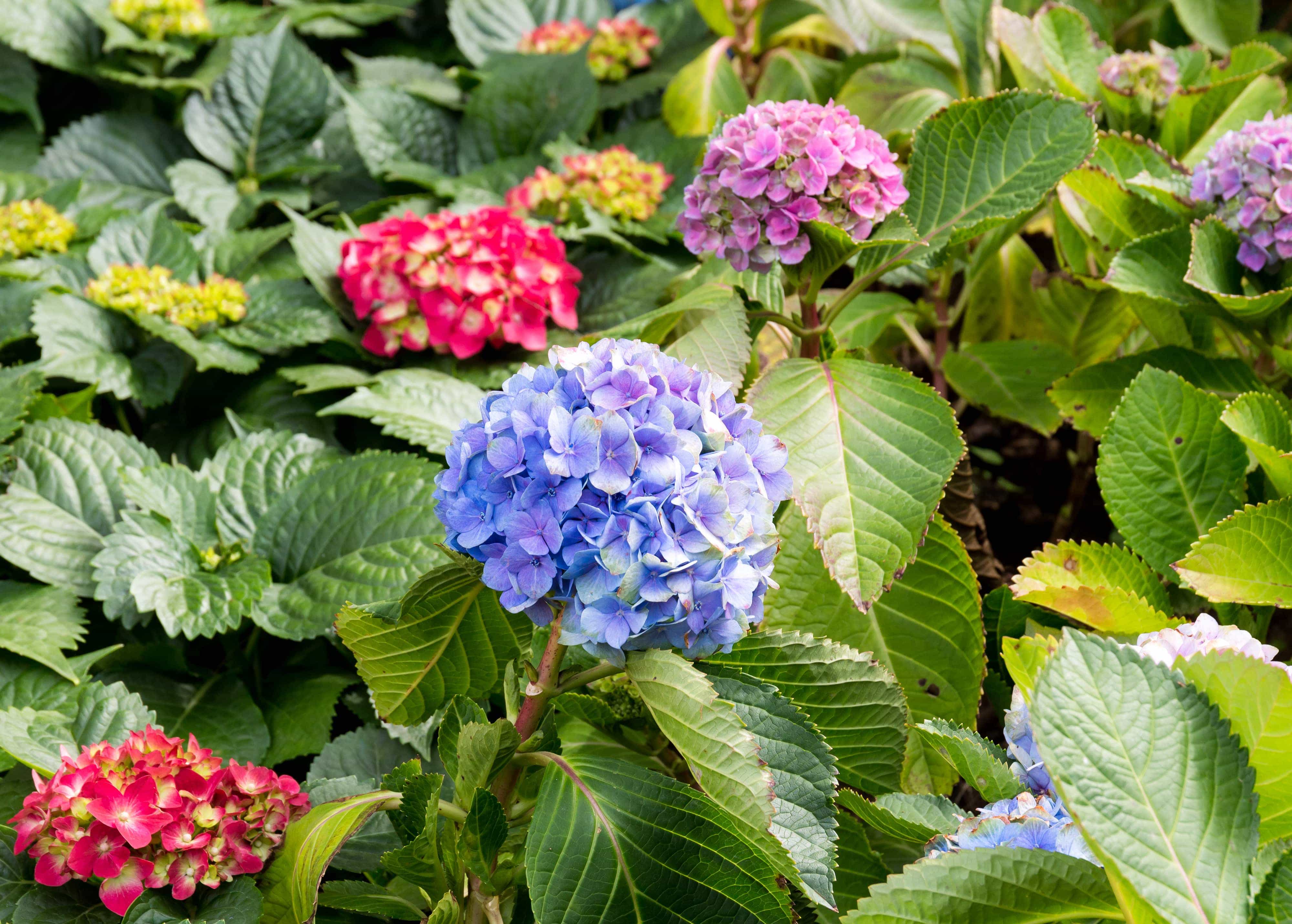Planting Annual Flowers: A Step-by-Step Guide for Seattle Homeowners
Are you ready to bring some color and vibrancy to your garden? Annual flowers are a fantastic choice for adding instant beauty and variety to your outdoor space. These flowers are easy to plant, maintain, and can be swapped out every season for a fresh look. In this guide, we’ll walk you through the steps of planting annual flowers and offer helpful tips to ensure a flourishing garden all season long.
Step 1: Choose the Right Location
Before planting, select a spot that meets the specific needs of the flowers you’re planting:
- Sunlight: Most annual flowers need at least 6 hours of sunlight per day, but some may thrive in partial shade. Make sure you choose a location that provides the right amount of sunlight for your specific flowers.
- Well-draining Soil: Annual flowers prefer soil that drains well. If your garden’s soil tends to stay soggy after rainfall, amend it with organic matter or compost to improve drainage and soil texture.
Step 2: Prepare the Soil
- Loosen the Soil:
- Use a shovel or garden fork to loosen the soil to a depth of 8-10 inches. This helps the roots establish themselves and promotes healthy growth.
- Amend the Soil:
- Mix in some compost or well-rotted manure to enrich the soil with essential nutrients and improve its fertility. This will provide a nutrient-rich environment for your annuals to thrive.
Step 3: Plant the Annual Flowers
- Spacing and Depth:
- When planting, make sure to plant the flowers at the same depth they were in their original containers. This ensures that the plant’s root system will be properly supported.
- Spacing:
- Follow the spacing guidelines on the seed packet or plant tag to give each flower enough room to grow. This is crucial for air circulation and preventing overcrowding.
- Group Plantings:
- For a cohesive and dramatic look, consider planting your flowers in groups or clusters rather than single plants spread out. This creates a fuller appearance and makes a bold statement.
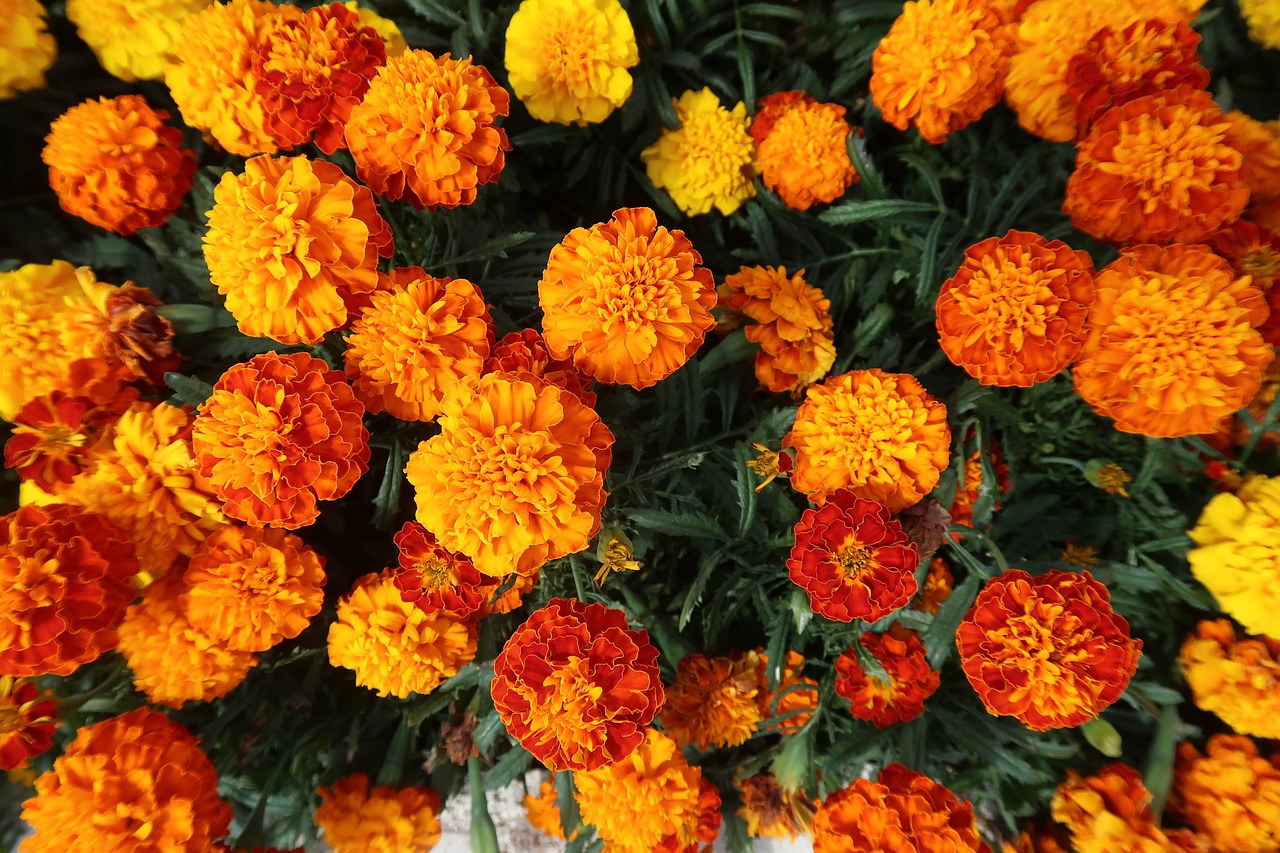
Step 4: Water and Mulch
- Watering:
- After planting, water your flowers thoroughly. This helps settle the soil around the roots and ensures they have enough moisture to get established.
- Mulching:
- Apply a 2-inch layer of mulch around your flowers to retain moisture, suppress weeds, and regulate soil temperature. Mulch also keeps the soil from drying out during hot Seattle summers.
Step 5: Care and Maintenance
- Consistent Watering:
- During the first growing season, keep the soil consistently moist until the plants are established. As the plants mature, you can water them less frequently, but be sure they don’t dry out completely.
- Fertilizing:
- Fertilize your flowers with a balanced fertilizer during the growing season (spring to fall) to provide essential nutrients for healthy growth and blooming.
- Deadheading:
- Regularly remove spent blooms (deadheading) to encourage more flowers to bloom. This helps keep your garden looking tidy and promotes a continuous display of color.
Popular Annual Flowers for Seattle:
Seattle’s mild, rainy climate is perfect for a wide variety of annual flowers. Some popular choices include:
- Petunias: Known for their colorful, trumpet-shaped blooms, petunias are hardy and bloom throughout the growing season.
- Marigolds: Bright, cheerful flowers that are low-maintenance and can tolerate a range of growing conditions.
- Zinnias: Vibrant flowers that attract pollinators and thrive in full sun.
- Sunflowers: Tall, dramatic flowers that love the sun and bring a touch of summer to any garden.
- Dahlias: These colorful flowers come in a range of sizes and shapes, adding variety to your garden beds.
Additional Tips for Success:
- Plant After the Last Frost:
- In Seattle, it’s best to plant annual flowers in late spring, after the last frost, to ensure they won’t be damaged by cold temperatures.
- Starter Fertilizer:
- Use a starter fertilizer when planting to give your annuals a nutrient boost and promote strong growth from the start.
- Drip Irrigation:
- Consider using a drip irrigation system to conserve water and reduce evaporation, which is especially helpful in the summer months.
- Container Gardening:
- If you’re short on space or want to create a movable garden, consider planting your annuals in containers. They allow flexibility and are perfect for small spaces or balconies.
Conclusion
Planting annual flowers is an easy and enjoyable way to bring instant beauty and color to your garden. By following these simple steps and taking care of your flowers throughout the growing season, you’ll enjoy vibrant blooms all year long. Whether you’re planting in the ground or in containers, annuals are a wonderful way to add life to your Seattle garden.
If you need assistance with planting or designing your garden, Lee’s General Landscaping is here to help! Contact us today for expert advice or to schedule a garden consultation. Happy planting!


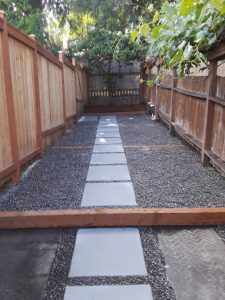



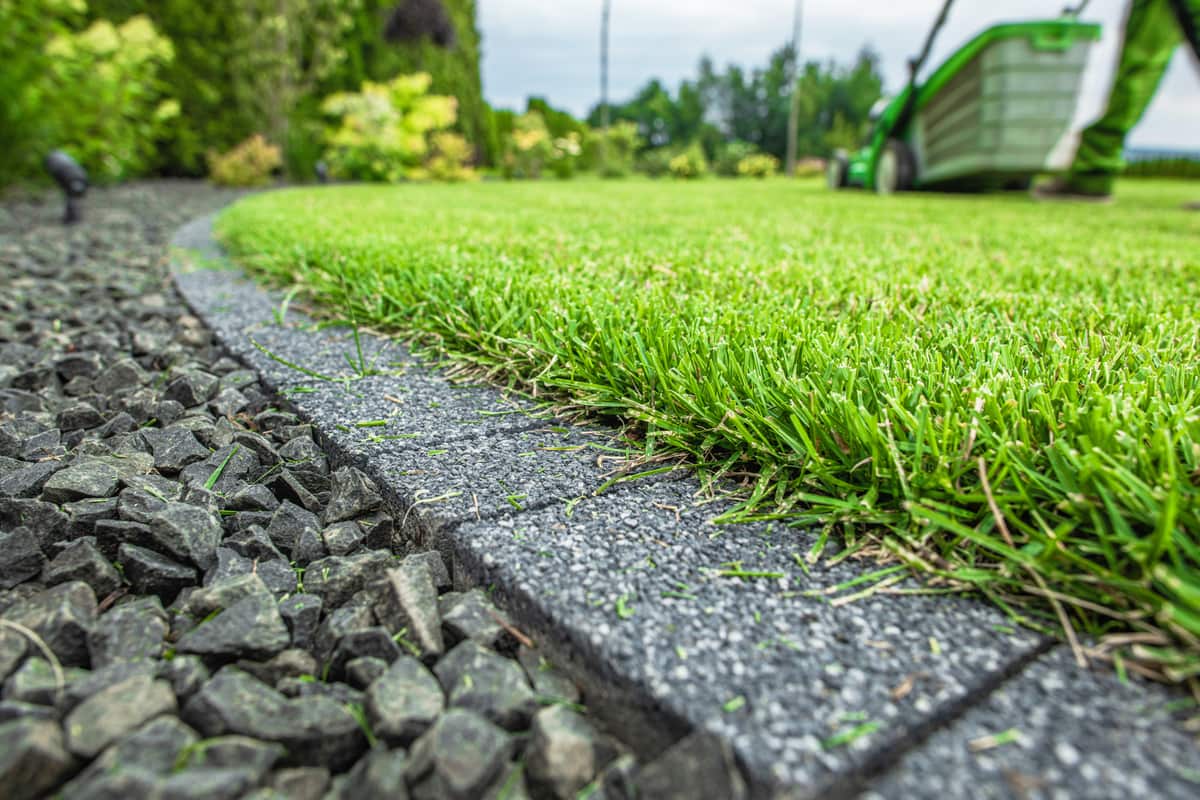

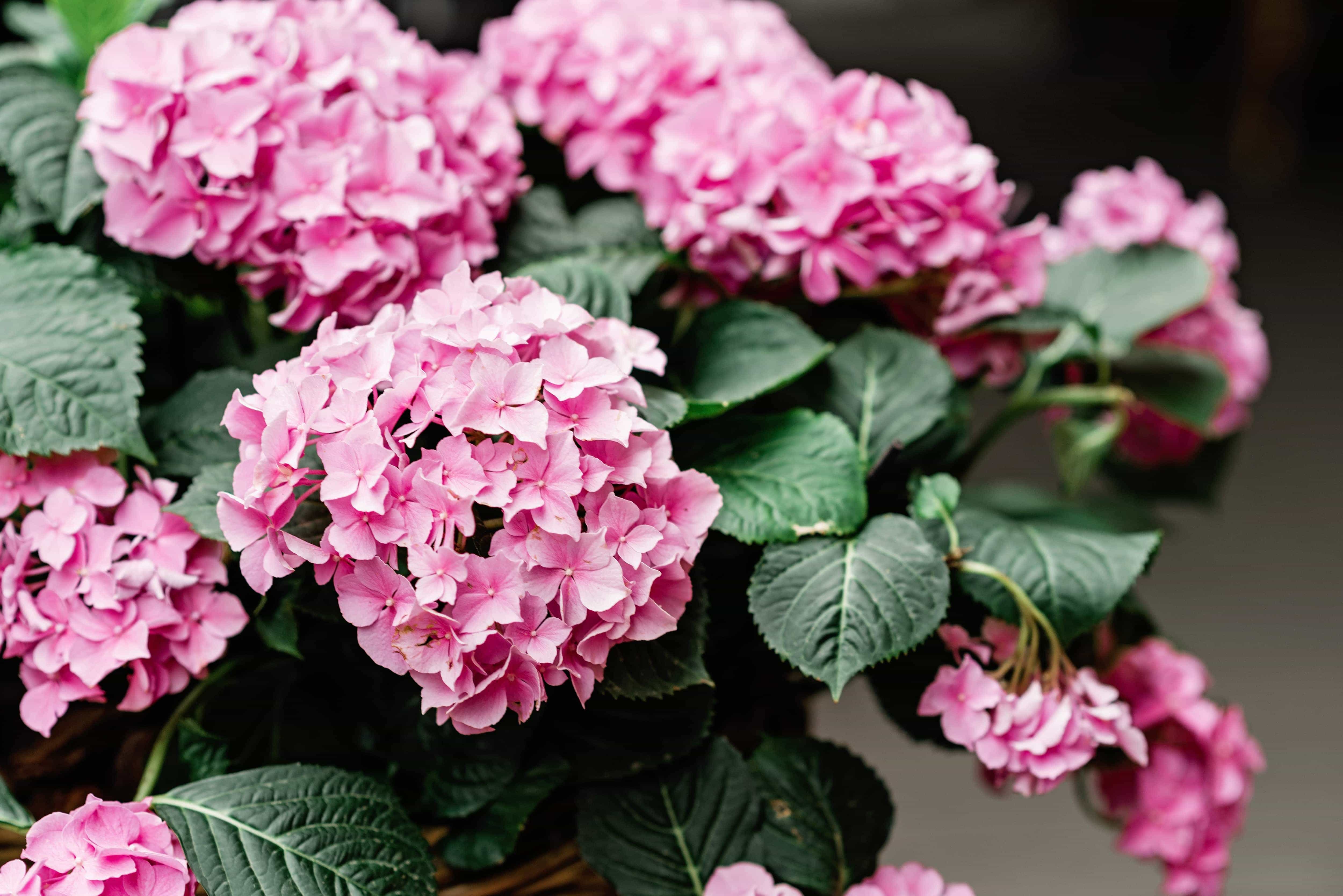
.jpg)




